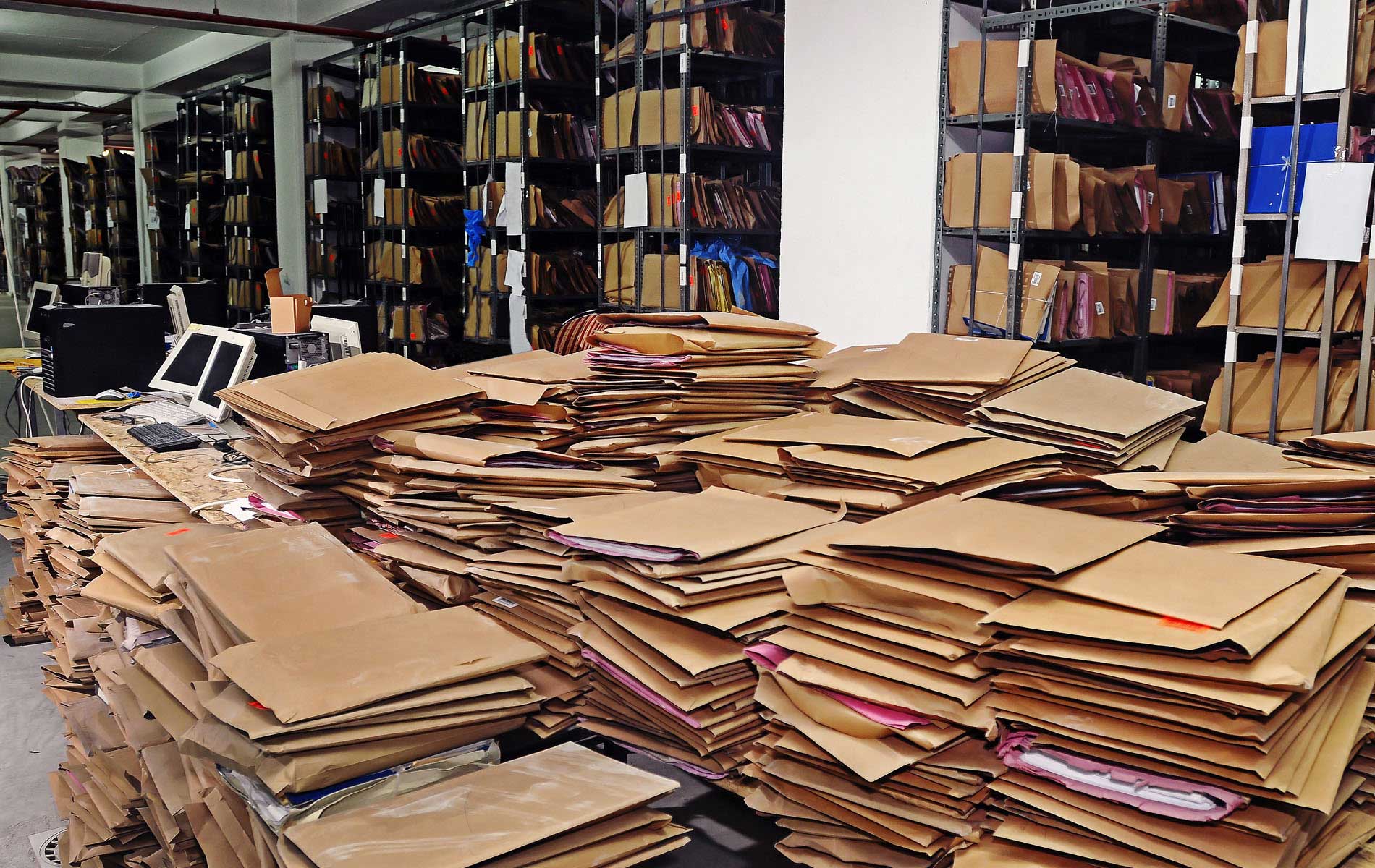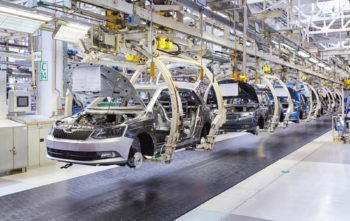Transportation waste occurs when information, items, or people are transported around unnecessarily. This is most common in manufacturing industries where physical products and items are transported, but can also apply to a business environment where paperwork is traded or multiple emails are exchanged. Too much transportation in a business wastes time, increases costs, and often results in misunderstandings and dissatisfaction. Common causes include:
- Poor planning and/or layout
- Poorly managed or planned workflows
- Unnecessary process steps
- Communication errors
What Transportation Waste Looks Like
Though transporting product to customers is necessary, many other types of transportation are not. For instance, transporting products to a warehouse before they are shipped to consumers may be an unnecessary step that can be eliminated to conserve money, time and resources. Here are a few other examples of what transportation waste may look like in your business:
- Moving parts from one part of the shop to another for assembly
- Moving files and documents around to different offices
- Excessive email attachments
- Too many people involved in the hand-off process
The Solution
Transportation waste can be reduced by simplifying layouts and optimizing workflows. This may include reducing product handling, streamlining processes, and providing clear training for workers. The following suggestions can be adjusted to suit any working environment:
- Review the transport processes of goods, people and information to determine where changes can be made.
- Change the layout of the plant or office to reduce transportation needs.
- Provide step-by-step procedures for workers to reduce unplanned movement.
There are many types of waste that can effect your business. Learn more by reading the previous post in this series: The Waste of Not Utilizing Talent, and the next post: The Waste of Inventory.





